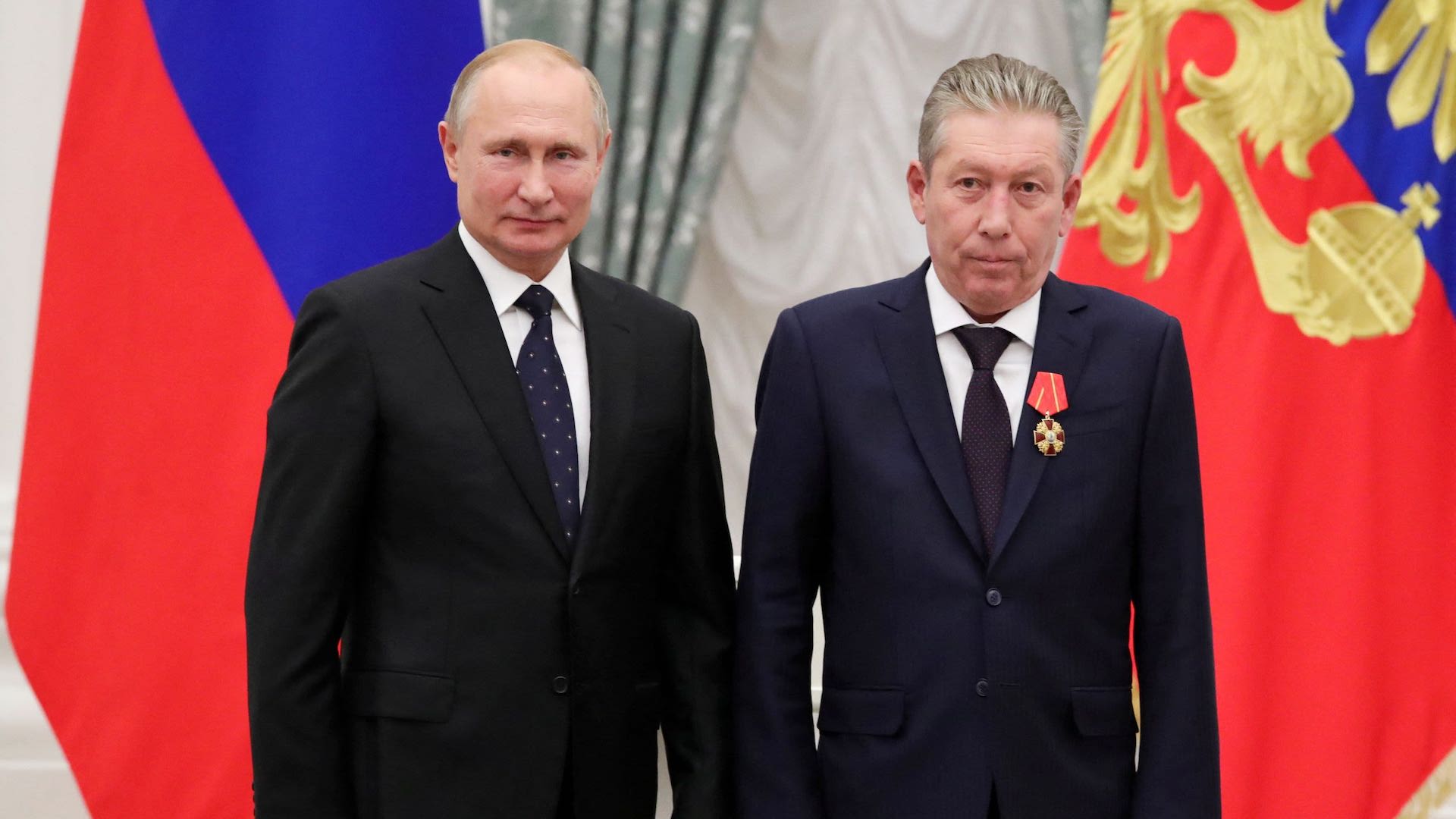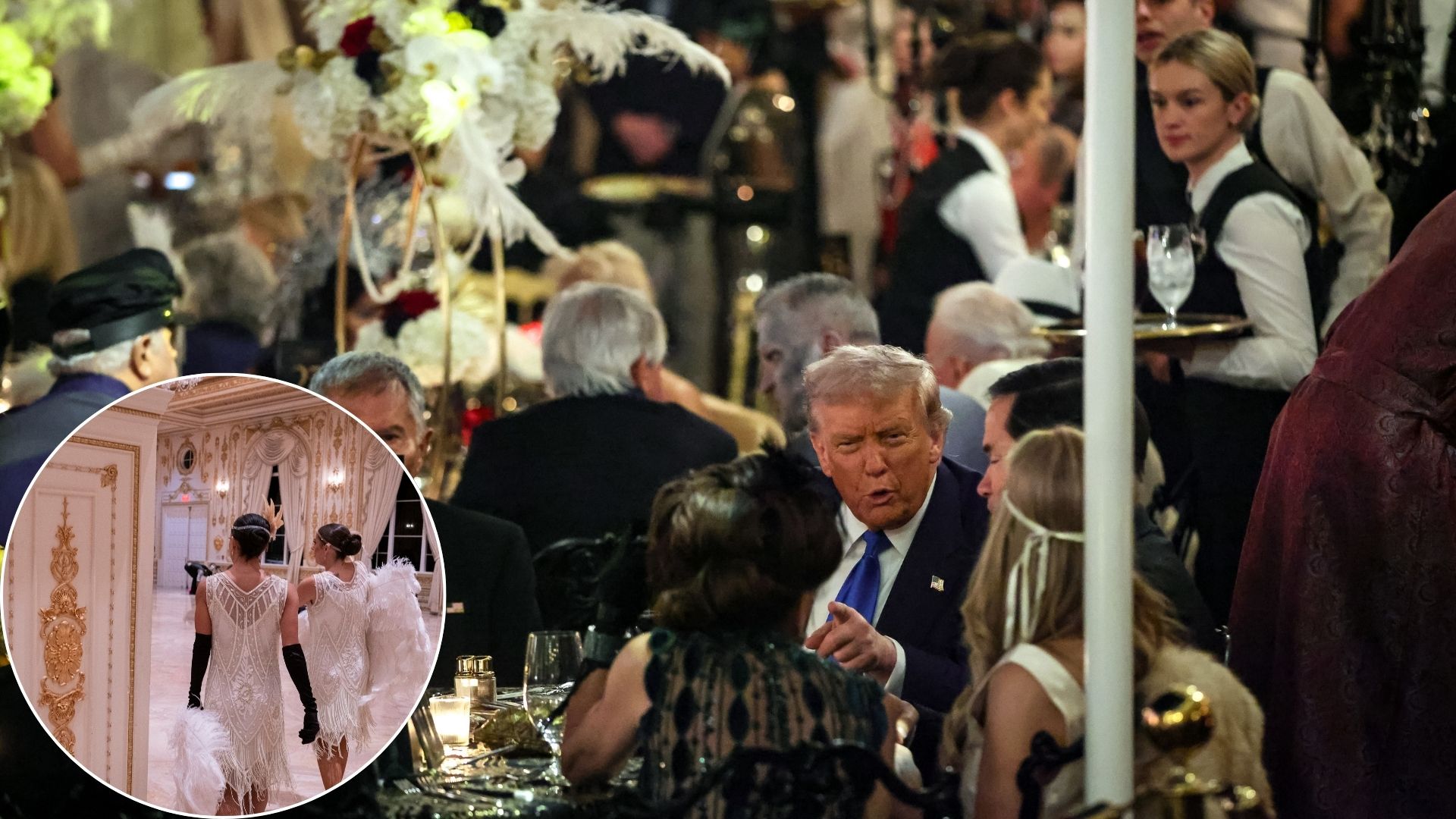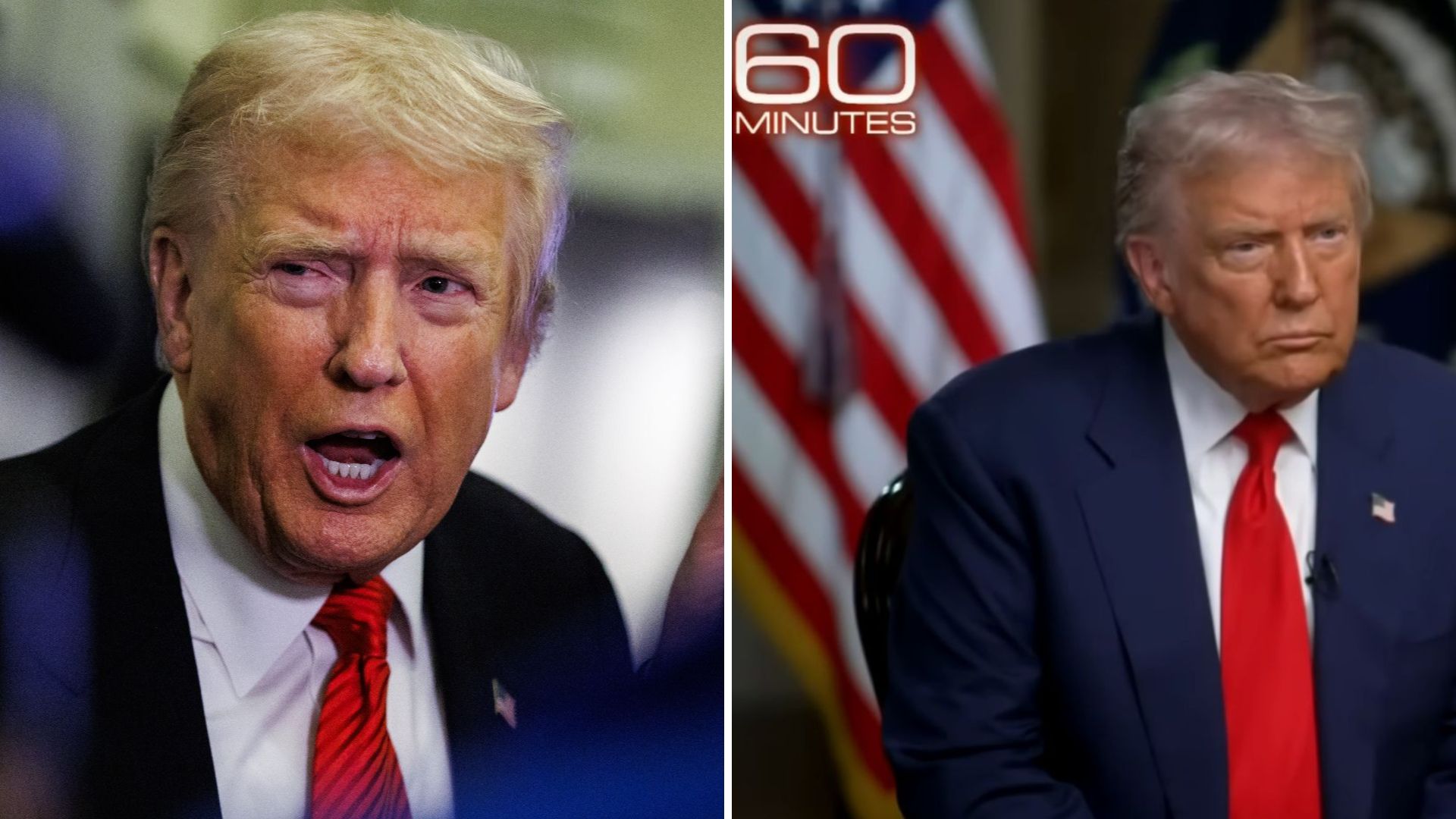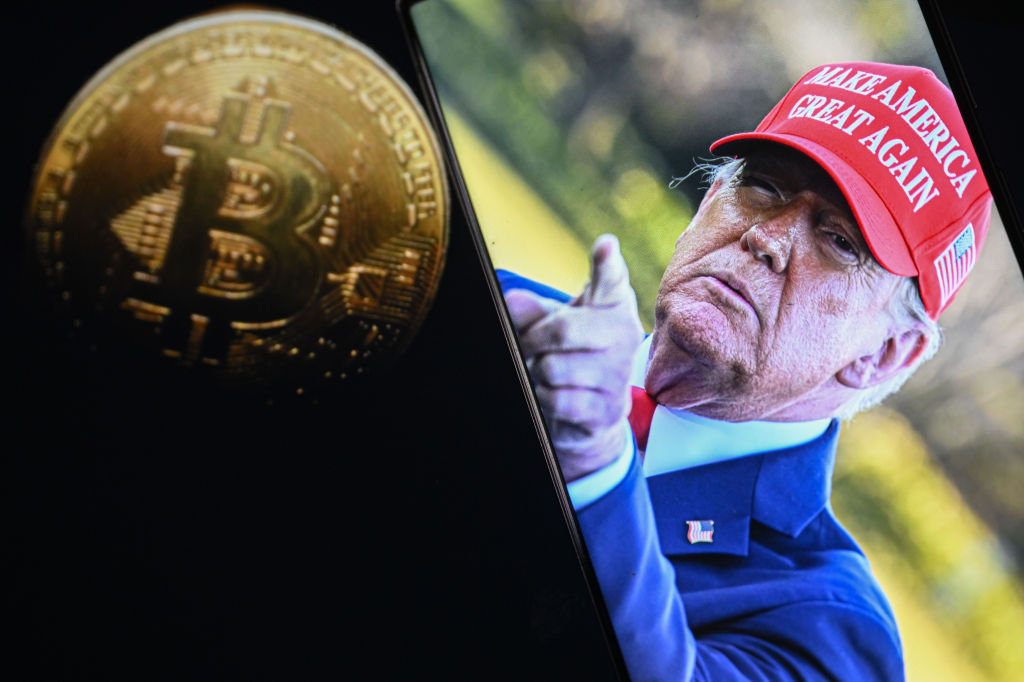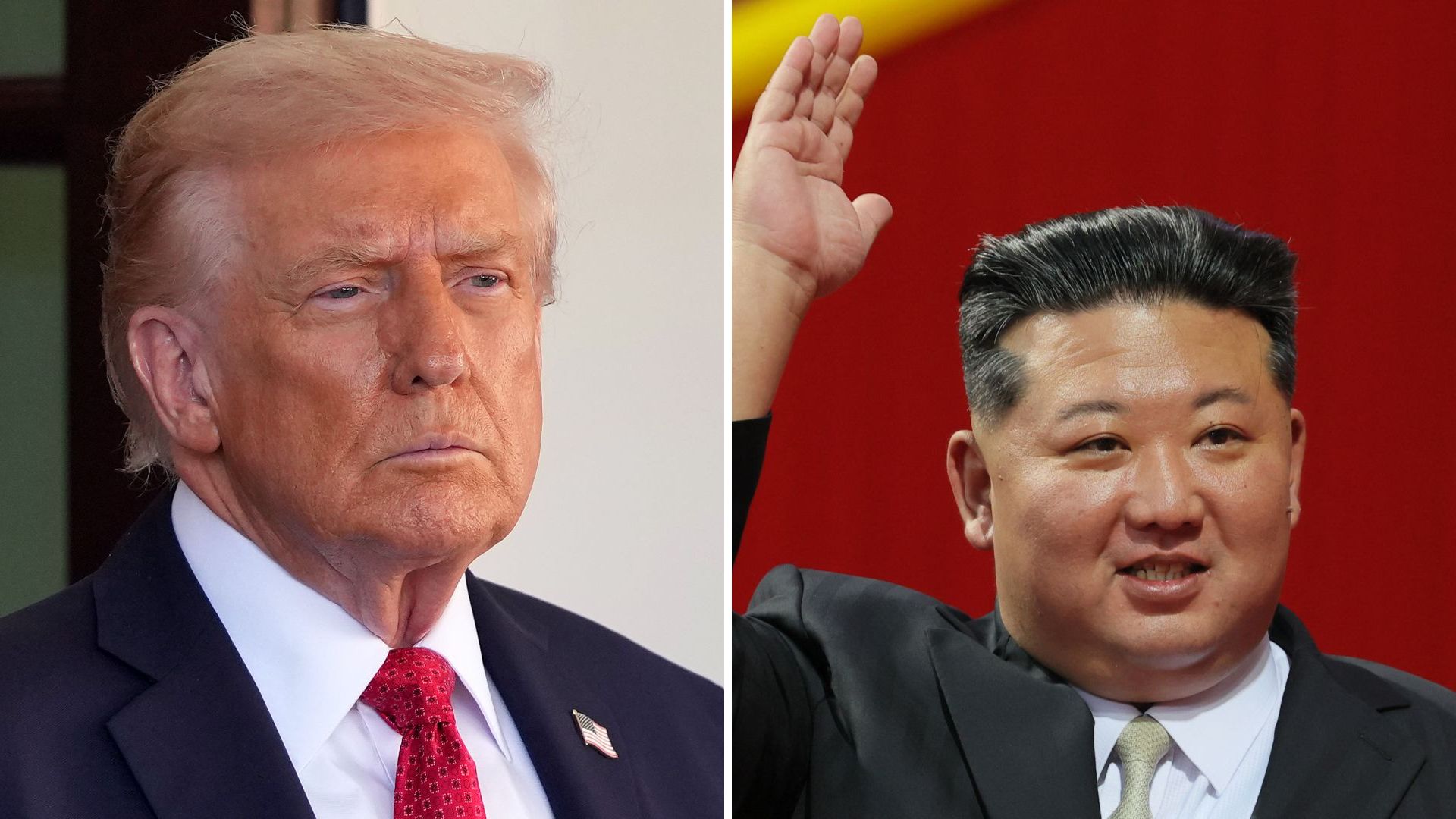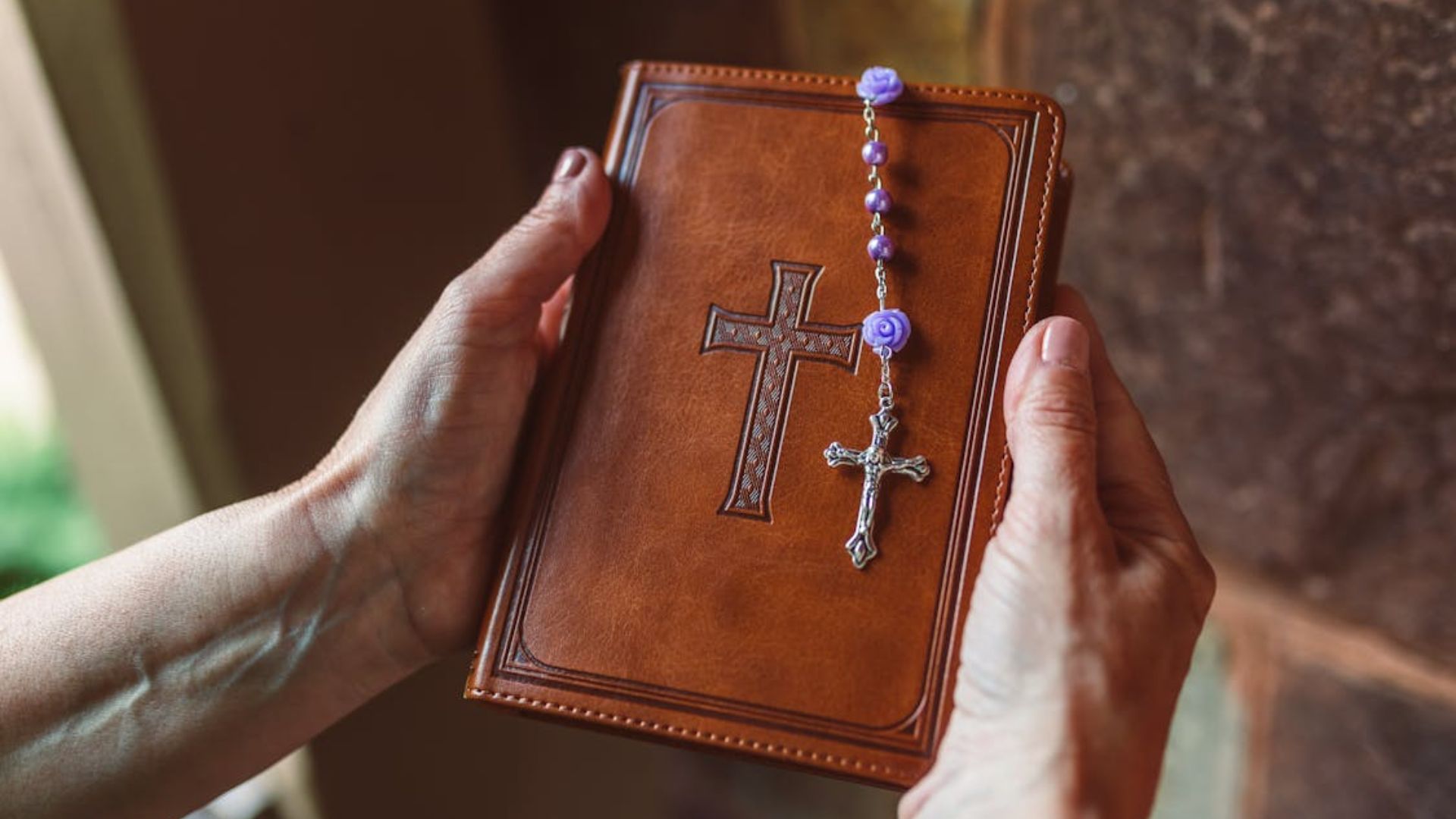
Religion is deeply connected to the powerful symbols that represent our understanding of the divine. These symbols have been passed down through generations, from the earliest tribes to modern-day societies, with meanings that cross cultures, time periods, and continents. They serve as windows into the sacred and whisper philosophies that shaped entire civilizations. It’s amazing how these symbols have evolved right alongside us. You’ll find them on everything from ancient monuments to everyday jewelry and even modern art. Many of them carry deep spiritual weight across many cultures, while others are closely tied to one belief system or a single powerful moment in history. Either way, they’re still part of the story we’re living. So, let’s take a look at 15 mythical religious symbols that helped shape how people see life, death, the divine, and everything in between. Some are bold, some are mysterious, but all of them have a story.
Ankh
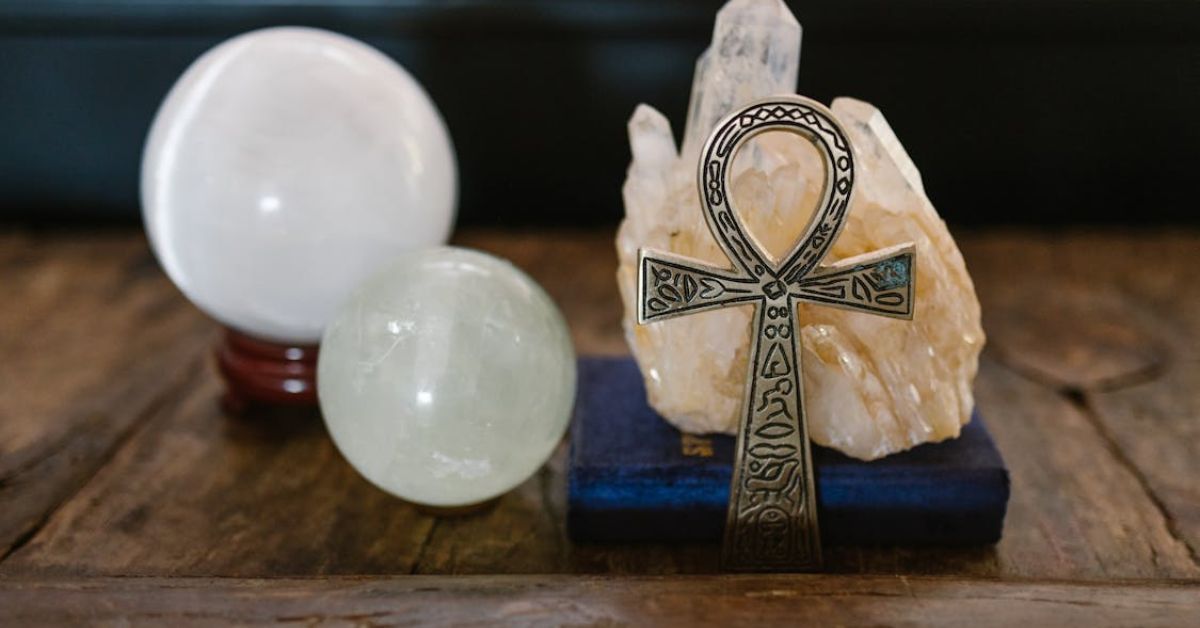
Shaped like a cross with a loop, the Ankh stood at the heart of Egyptian spirituality, symbolizing eternal life and spiritual rebirth. Revered as the “key of life,” it appeared in tomb art to express beliefs in the afterlife. Egyptian deities and pharaohs, including Osiris, were often shown holding it, as it represented divine protection and the unbroken cycle of existence.
Christian Cross
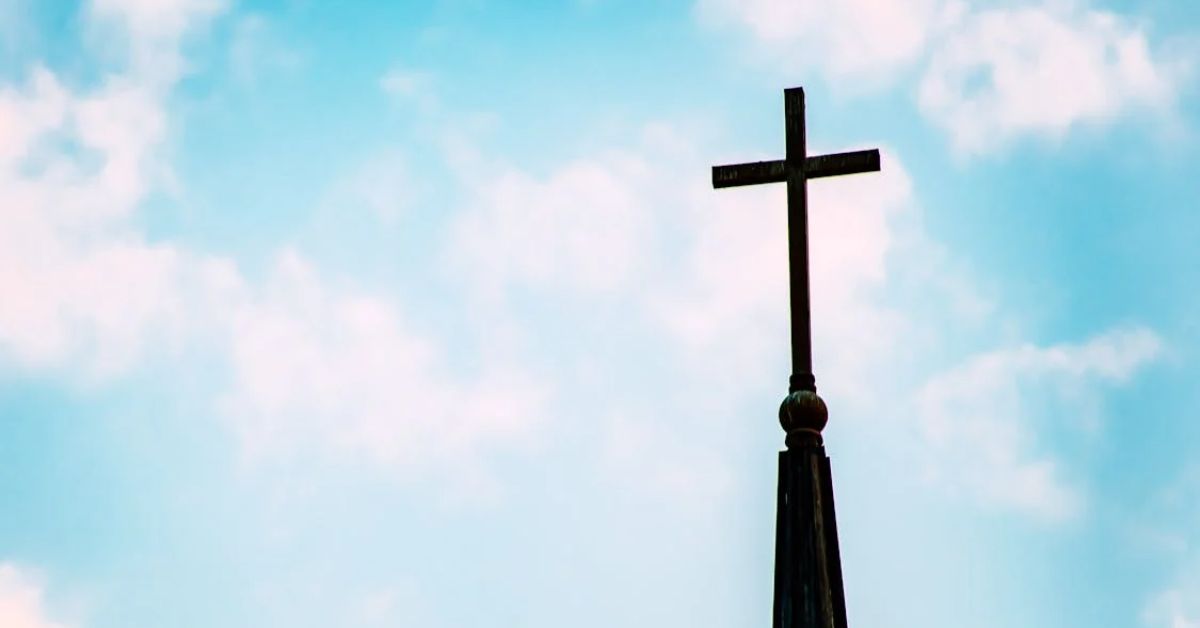
It wasn’t always front and center. The Christian Cross took time to become the global icon it is today. Before the 4th century, believers kept things subtle—fish symbols, hidden messages—because flashing a cross could get you killed. But after Christianity went mainstream, the cross became the symbol of sacrifice and spiritual victory.
Wheel Of Dharma
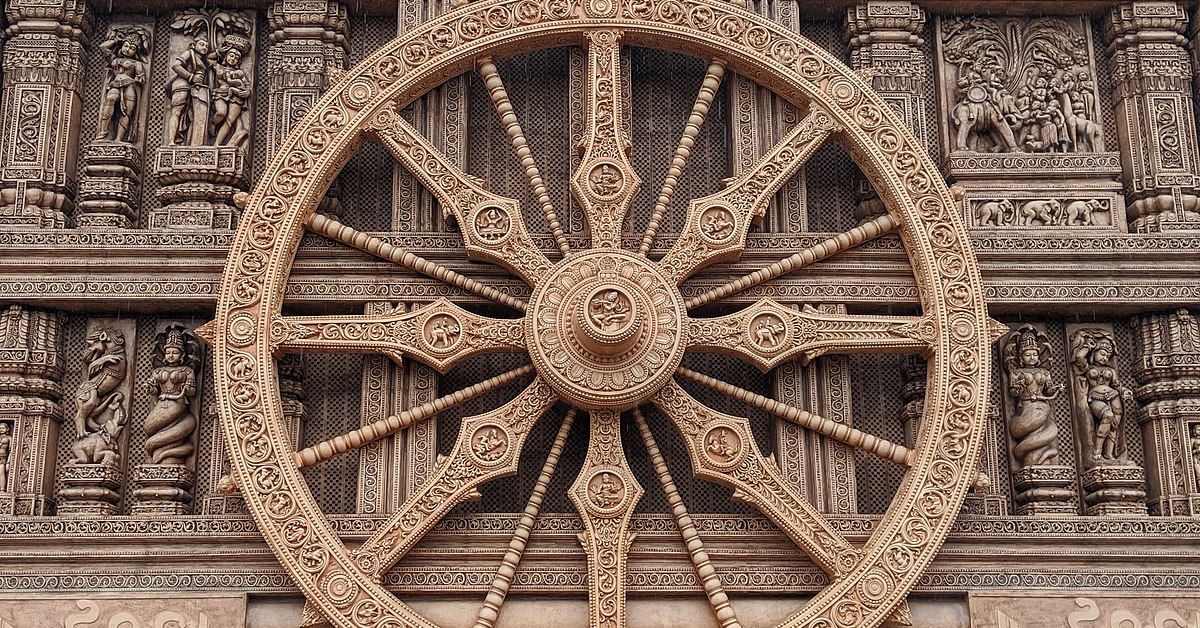
The Wheel of Dharma, or Dharmachakra, is the OG symbol of Buddhist philosophy. Each of its eight spokes stands for a step on the Noble Eightfold Path—a kind of spiritual GPS for living right. Besides, this wheel also describes the endless cycle of life, death, and rebirth. In short, it is deep stuff, all packed into one elegant circle.
Yin And Yang
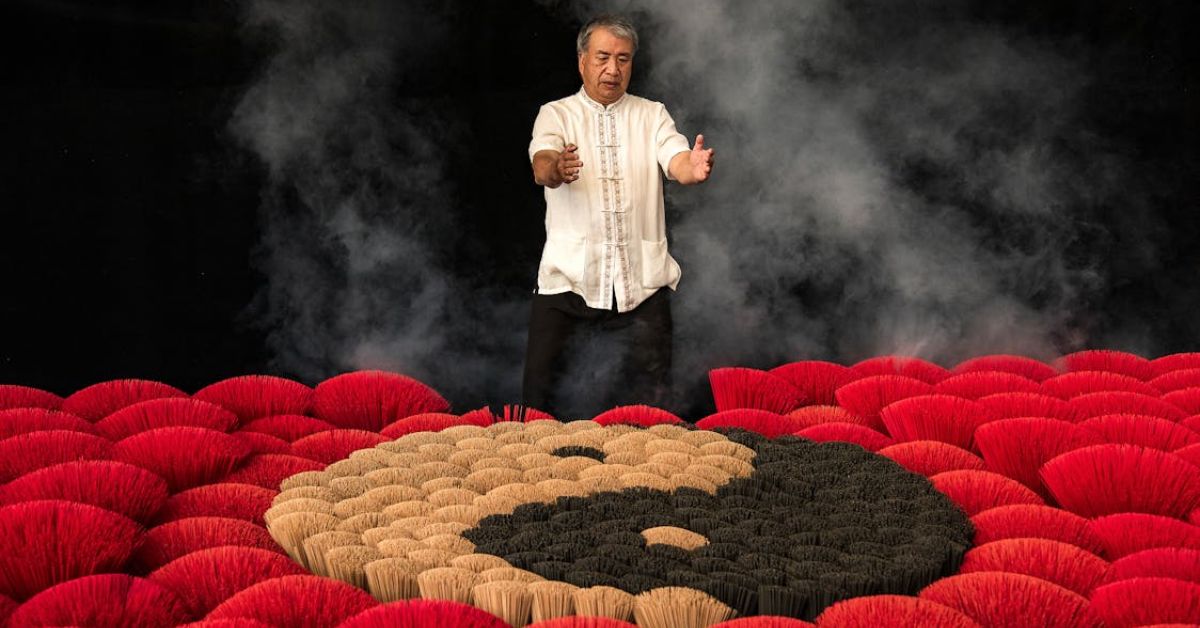
Rooted in Taoist thought, the Yin and Yang symbol captures the delicate balance between opposing forces that shape the universe. Its black and white halves mirror life’s dualities (light and dark, male and female), revealing their interdependence. More than contrast, it expresses harmony, where each element carries a seed of the other.
Star Of David
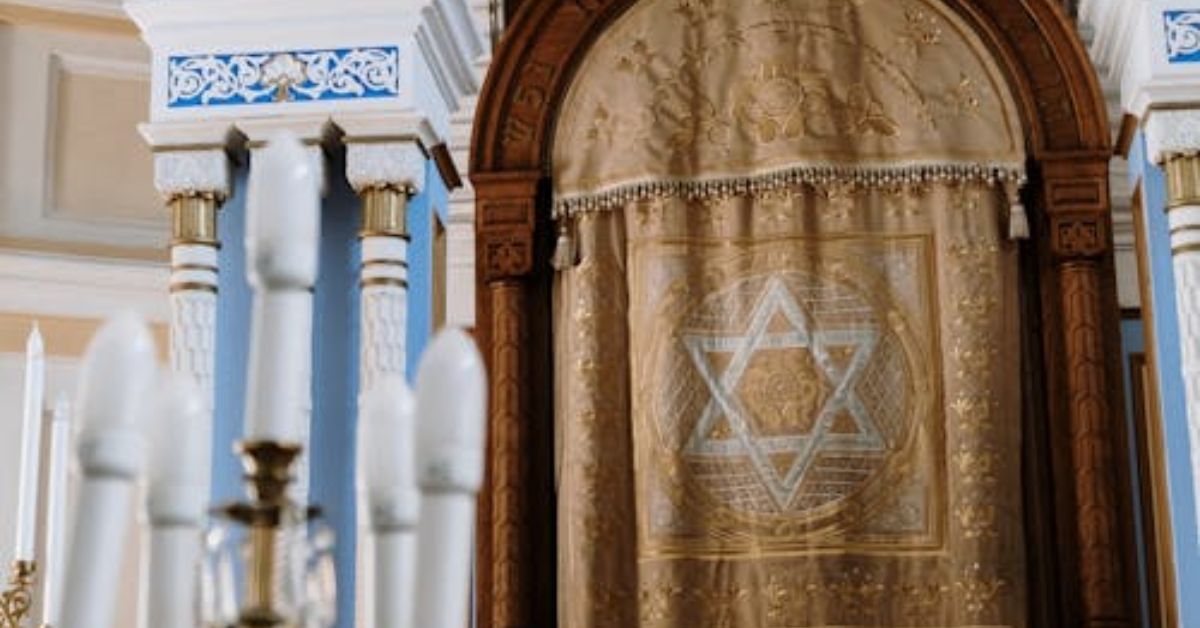
Made of two overlapping equilateral triangles, the Star of David stands as an emblem of Judaism. Though not historically tied to King David, it rose to prominence in the 17th century as a unifying symbol of Jewish identity. Found on the flag of Israel and adorning synagogues and sacred artifacts, it represents divine protection.
Hindu Om
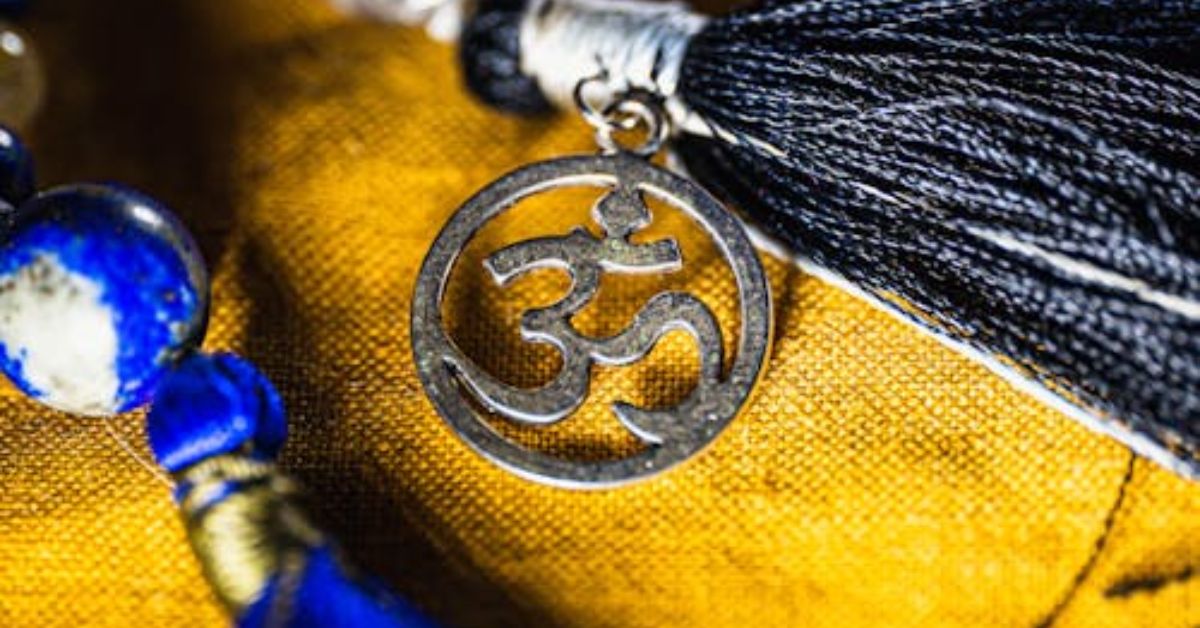
The sacred syllable Om resonates through Hinduism as the primordial sound believed to have birthed the universe. Revered as the essence of Brahman—the ultimate reality—it reflects the interconnectedness of all existence. As Hinduism’s most powerful mantra, Om echoes the eternal rhythm of creation, consciousness, and cosmic unity.
Celtic Knot
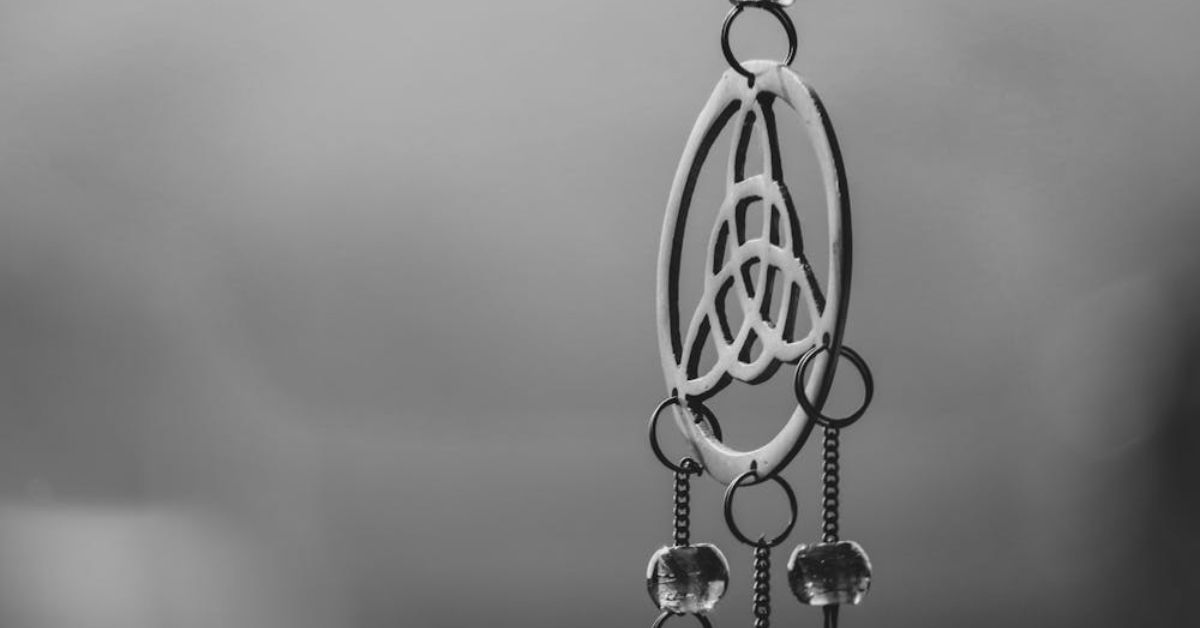
They didn’t invent Wi-Fi, but the Celts sure knew how to stay connected. The Celtic Knot, with its never-ending loops, is a spiritual power symbol. No start, no end, just eternal flow. Early Celtic Christians saw it as divine love in geometric form. Today, it’s everywhere: tattooed on biceps, dangling from necklaces, and even blessing wedding invites.
Pentagram
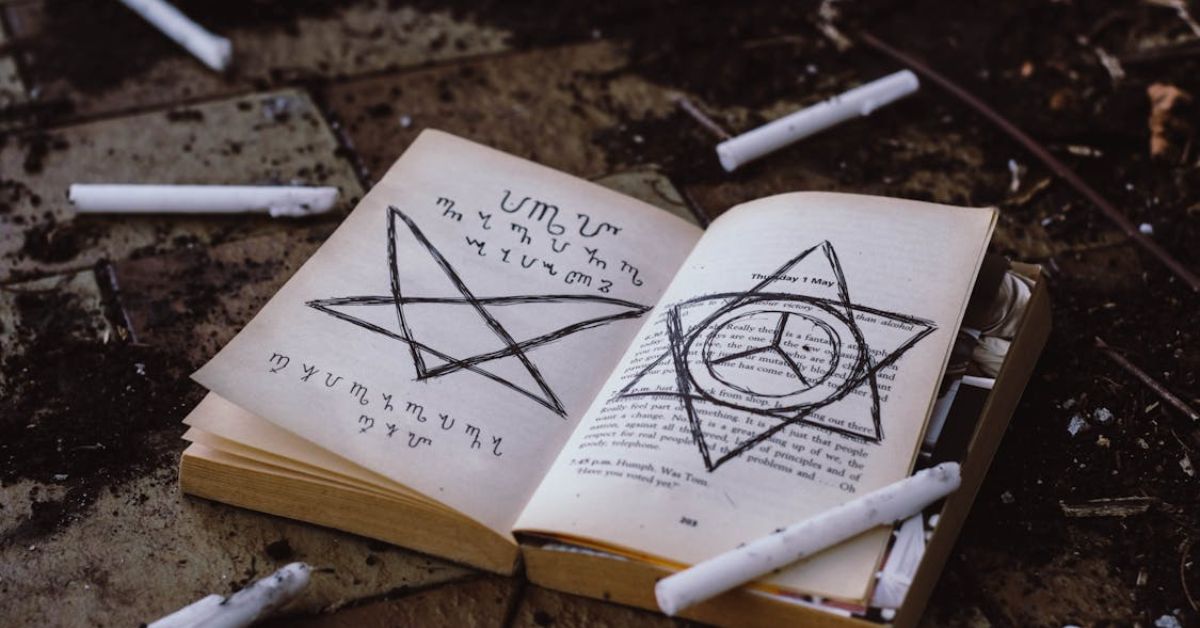
The Pentagram, with its five points, represents the elemental forces of Earth, Air, Fire, Water, and Spirit in harmony. It is central to Wiccan and pagan traditions and serves as a tool for protection and spiritual direction. When pointed upward, it reflects the ascendance of spirit over matter, a guiding principle in many rituals.
The Eye Of Horus
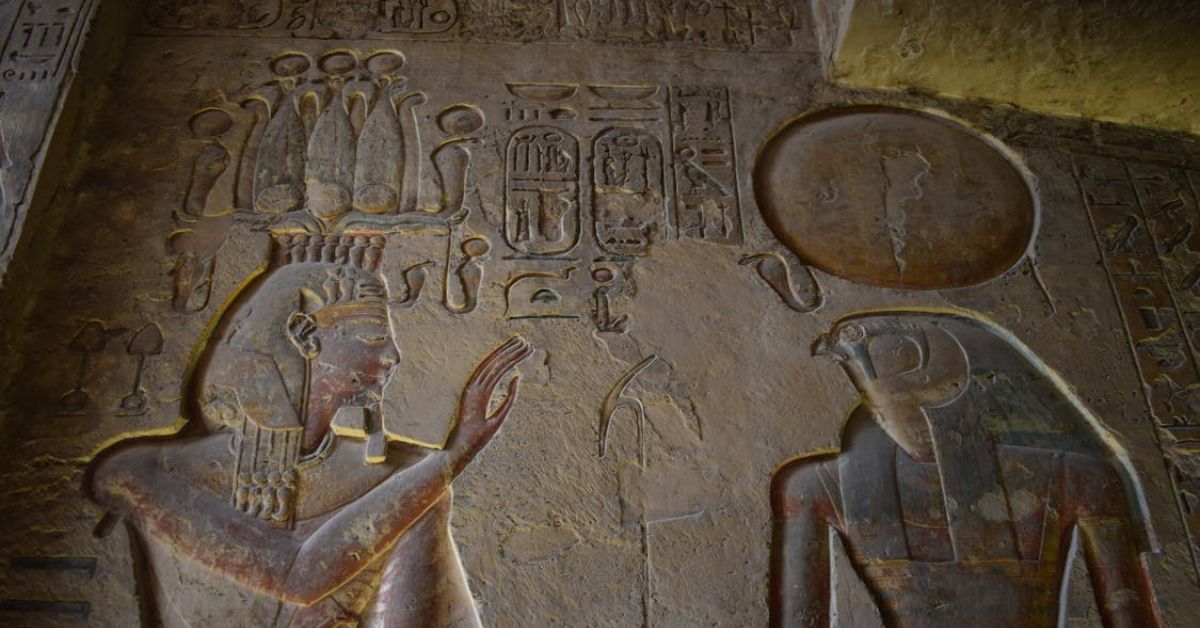
Carved into stone and worn as amulets, the Eye of Horus guarded the ancient world with vigilance. Displaying protection, healing, and restoration, especially in the afterlife, the Eye of Horus represented the sky god Horus and his divine vision. Often placed with the dead to ensure safe passage, it also served the living by promoting good health.
Khanda
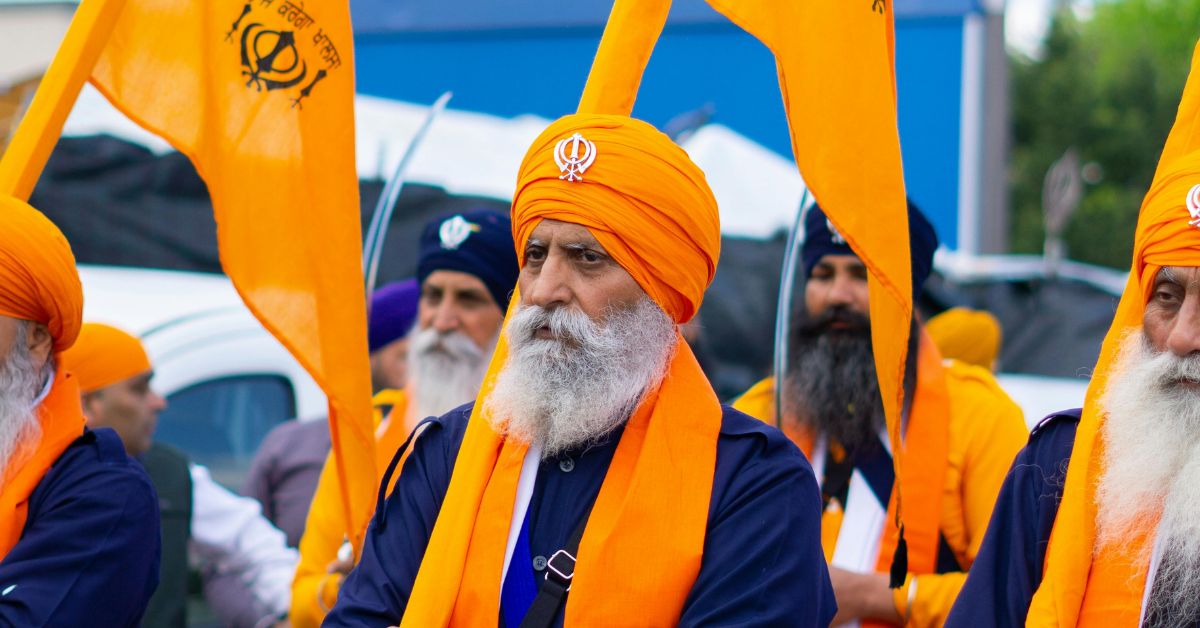
With two curved swords flanking a central double-edged blade, Khanda stands for spiritual strength and worldly responsibilities. Planted proudly on the Sikh flag and honored in ceremonies like Amrit Sanchar (initiation), the Khanda reminds every Sikh that qualities like unity and righteousness aren’t optional—they’re core.
The Crescent And Star
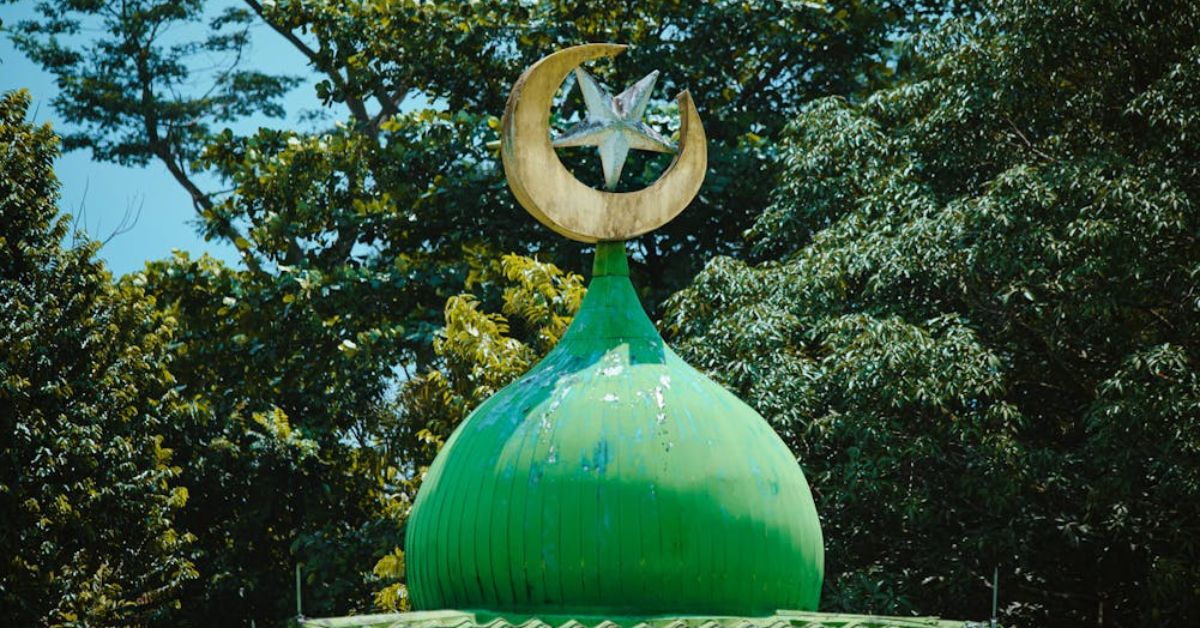
Rising against a darkened sky, the Crescent and Star have come to display the spirit of the Islamic world. Though not originally a religious emblem, it gained prominence during the Ottoman Empire and gradually became intertwined with Islamic identity. Today, this symbol appears on national flags, coins, and religious imagery in Muslim-majority nations.
Triskelion
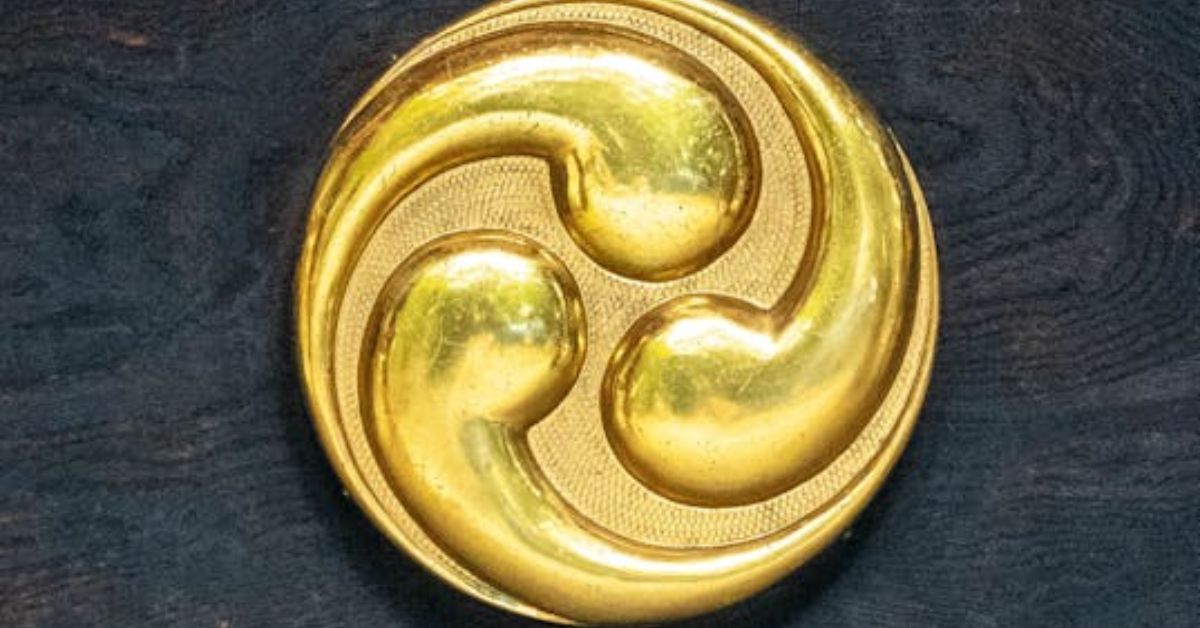
Ever seen a spiral doing the cha-cha with time itself? That’s basically the Triskelion—a triple-spiral symbol that’s been spinning through Celtic culture for centuries. Defining motion, growth, and the past-present-future trio, this ancient emblem once decorated Irish and Scottish monuments. People even believed it could help steer your spiritual GPS in the right direction.
The Scales Of Justice
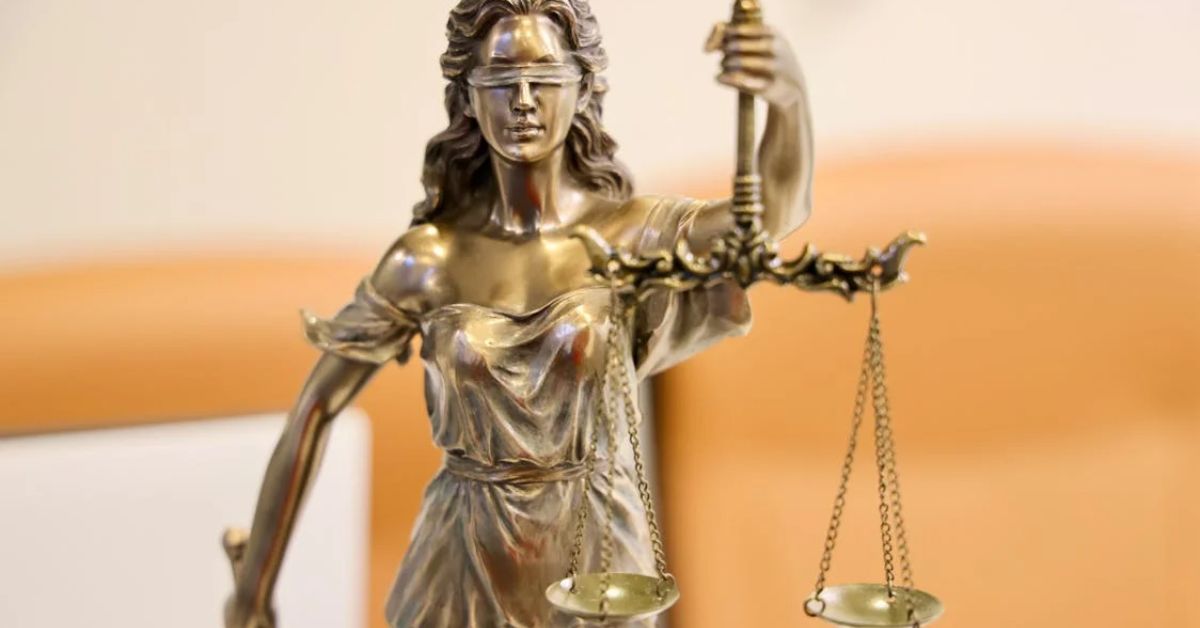
Generally shown with a sword and a set of scales, this emblem conveys God’s power to weigh a soul’s deeds with absolute fairness. Associated with Saint Michael, the heavenly judge, the symbol underscores the belief in moral accountability and the afterlife’s eternal verdict, where every act is measured with unerring precision.
Manji
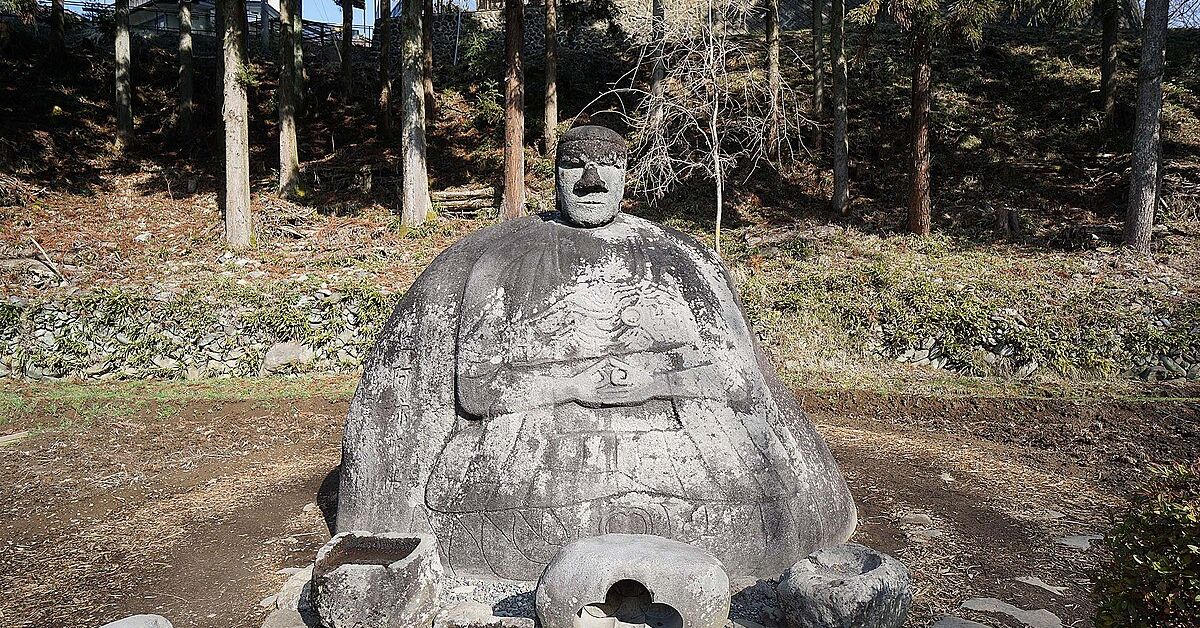
Used for centuries in Japan, this ancient swastika—predating its misappropriation in modern history—describes eternal life and the universe’s positive forces. Found in Buddhist temples and sacred rituals, it reflects the cycle of life and reincarnation. Today, it continues to signify enlightenment and balance across generations of Buddhist thought.
The Triquetra
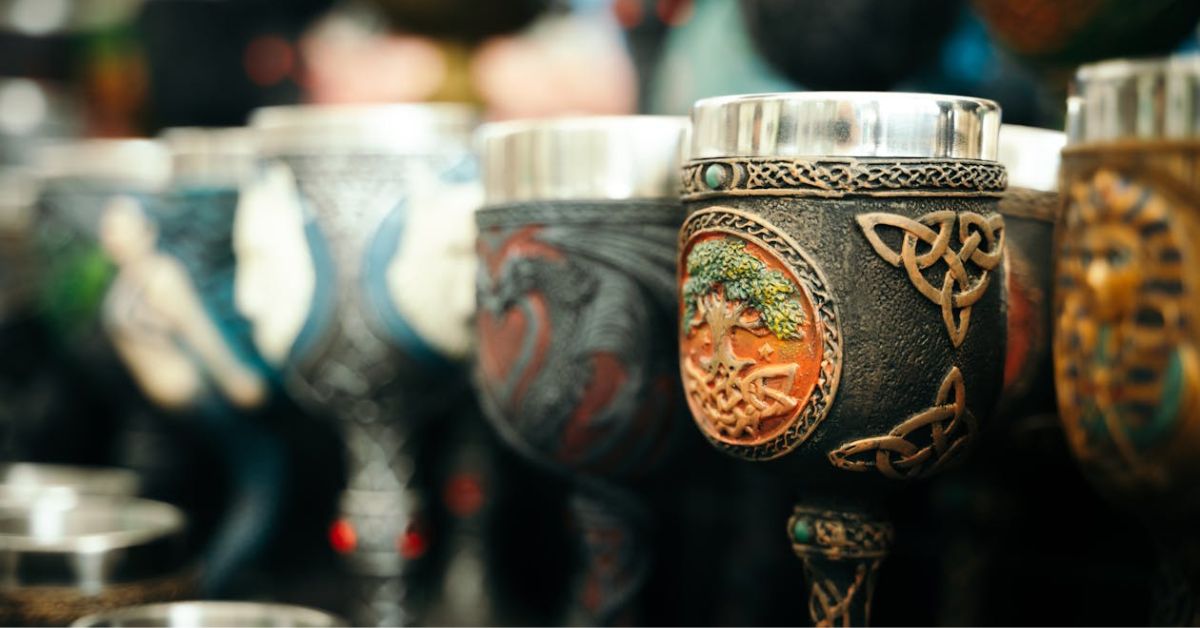
As the name suggests, the Triquetra centers on the sacred concept of three. In Celtic tradition, it talks of the triple goddess (maiden, mother, and crone) and speaks to the unity of mind, body, and spirit. Found in both pagan and early Christian art, especially in Norse and Celtic traditions, the Triquetra appears as a mark of balance.


